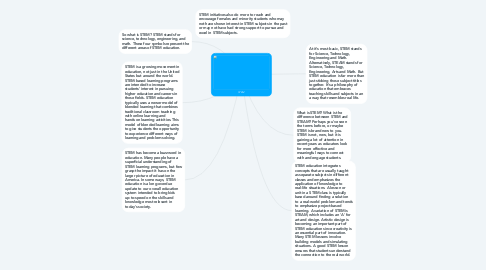STEM
by Jerico Dela Cruz

1. So what is STEM? STEM stands for science, technology, engineering, and math. These four symbols represent the different areas of STEM education.
2. STEM is a growing movement in education, not just in the United States but around the world. STEM-based learning programs are intended to increase students' interest in pursuing higher education and careers in those fields. STEM education typically uses a newer model of blended learning that combines traditional classroom teaching with online learning and hands-on learning activities. This model of blended learning aims to give students the opportunity to experience different ways of learning and problem-solving.
3. STEM has become a buzzword in education. Many people have a superficial understanding of STEM learning programs, but few grasp the impact it has on the larger picture of education in America. In some ways, STEM education is a long-overdue update to our overall education system intended to bring kids up-to-speed on the skills and knowledge most relevant in today's society.
4. STEM initiatives also do more to reach and encourage females and minority students who may not have shown interest in STEM subjects in the past or may not have had strong support to pursue and excel in STEM subjects.
5. At it’s most basic, STEM stands for Science, Technology, Engineering and Math. Alternatively, STEAM stands for Science, Technology, Engineering, Arts and Math. But STEM education is far more than just sticking those subject titles together. It’s a philosophy of education that embraces teaching skills and subjects in an a way that resembles real life.
6. What is STEM? What is the difference between STEM and STEAM? Perhaps you’ve seen the terms before, or maybe STEM is brand new to you. STEM is not, new, but it is gaining a lot of attention in recent years as educators look for more effective and meaningful ways to connect with and engage students.
7. STEM education integrates concepts that are usually taught as separate subjects in different classes and emphasizes the application of knowledge to real-life situations. A lesson or unit in a STEM class is typically based around finding a solution to a real-world problem and tends to emphasize project-based learning. A variation of STEM is STEAM, which includes an 'A' for art and design. Artistic design is becoming an important part of STEM education since creativity is an essential part of innovation. Many STEM lessons involve building models and simulating situations. A good STEM lesson ensures that students understand the connection to the real world.


